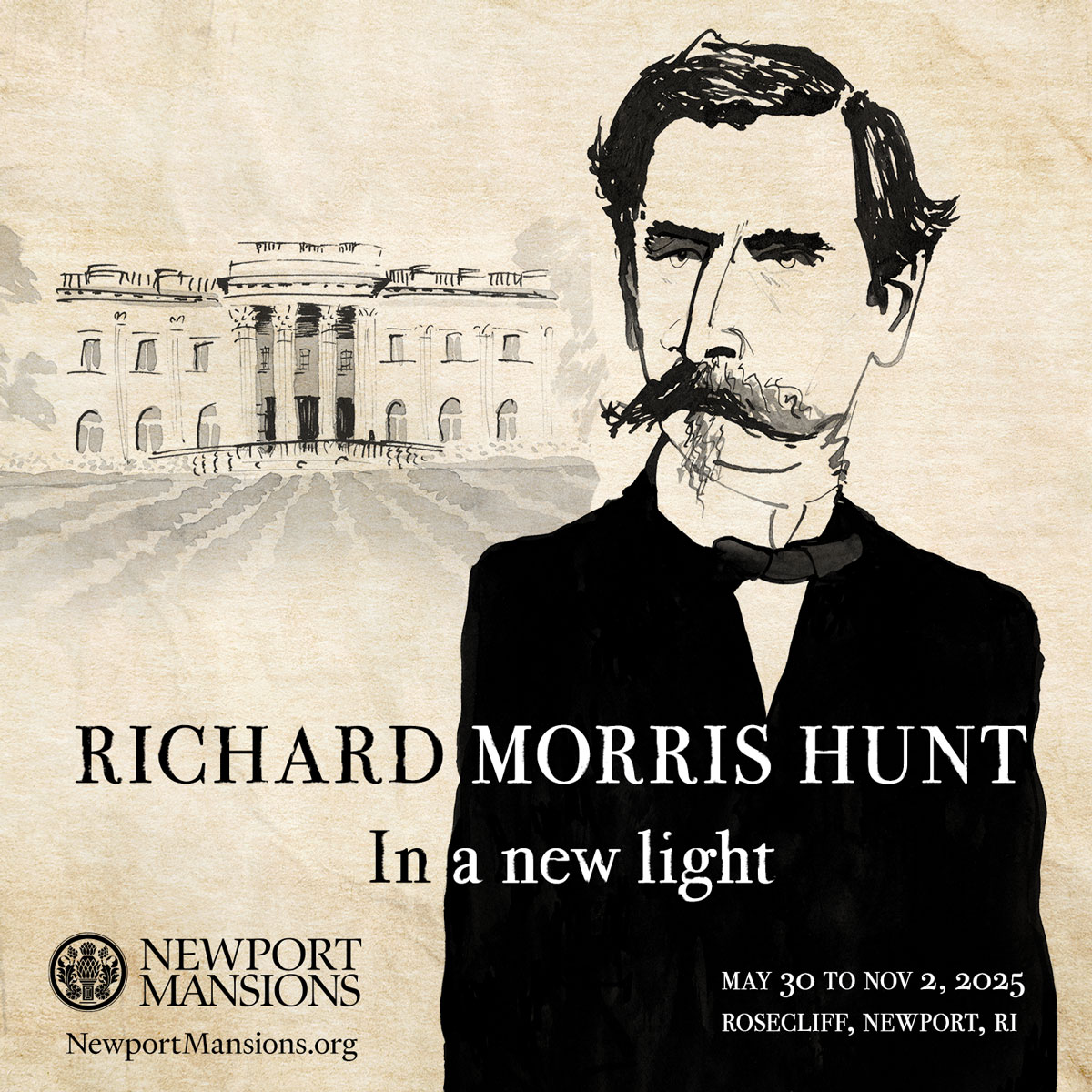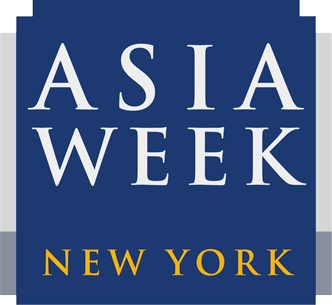
Thomas Couture (1815-1879), Richard Morris Hunt, 1849 (detail). Courtesy National Portrait Gallery, Smithsonian Institution
Richard Morris Hunt: In a New Light
May 30 – November 2, 2025
Rosecliff, 548 Bellevue Ave. Newport, RI
Richard Morris Hunt (1827-1895) was America’s premier Gilded Age architect, but his effort to transform both the built and the cultural landscapes of America is his greatest legacy. This new exhibition, presented by The Preservation Society of Newport County, will examine Hunt’s achievements in a new light, presenting his lived experience and how it is reflected in his life’s work: a pursuit of national pride in art and architecture.
Hunt believed America needed “culture.” As he witnessed a succession of political uprisings and cultural change in Paris during his days as a student at the École des Beaux-Arts, Hunt also experienced how the arts and building trades communicated national identity. Elevating architecture’s place in his home country became his greatest pursuit. Designing private, public, residential, business, recreational and civic structures resulted in a built environment reflecting the rapid changes of the 19th century.
Hunt was also a collector and aided his wealthy clients in acquiring significant works of fine and decorative art. This act of collecting reflected how he sought to influence the evolution of culture in America’s Gilded Age. He advanced appreciation of and education in the arts by contributing to the founding of museums, including the Metropolitan Museum of Art, and professional organizations like the American Institute of Architects.
For the first time, Hunt’s materials from the Library of Congress, Smithsonian National Portrait Gallery, Vermont Historical Society, Bennington Museum (Vt.) and the Preservation Society’s collection – including architectural and interior drawings, his personal sketchbooks and scrapbooks, and intimate family objects and collections – will be exhibited in one location. Together they provide deep insight into Hunt’s approach to culture, private and public collecting, and architectural practice.
To learn more, click here.
